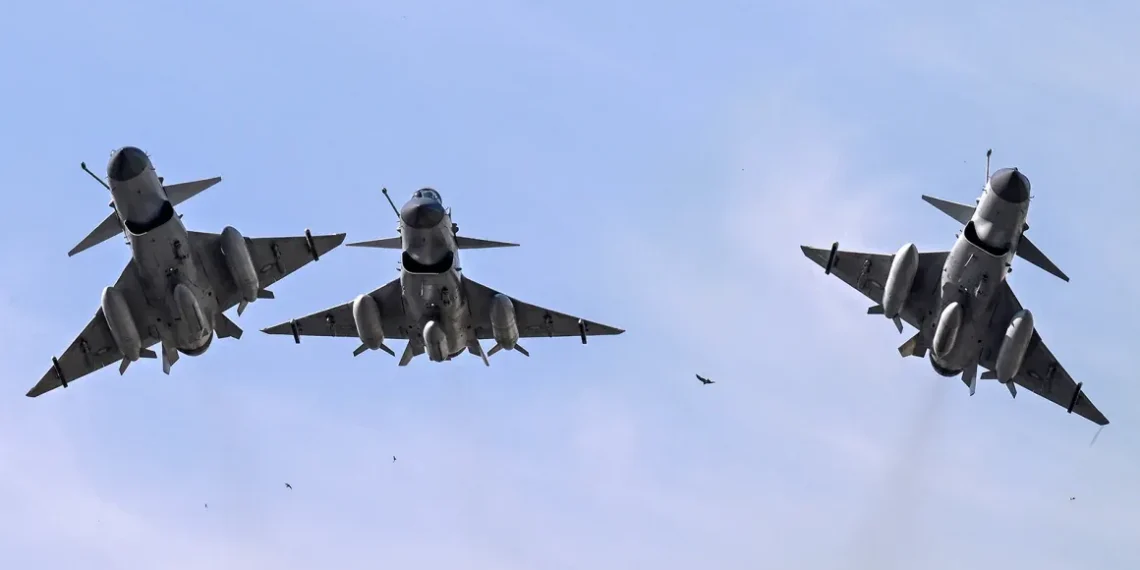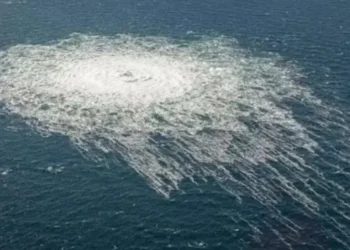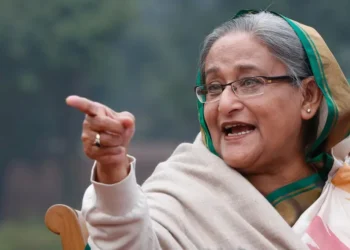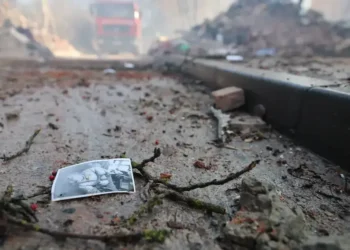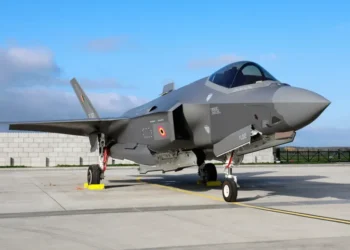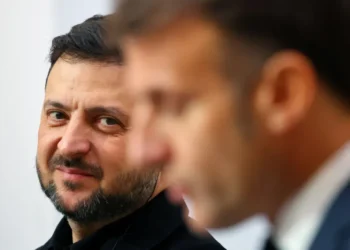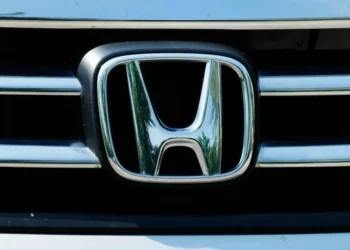China’s Military Tech Faces Real Combat Test in Escalating India-Pakistan Conflict
The growing tensions between India and Pakistan may be giving the world its first close look at how Chinese-made weapons stack up against Western military technology — and investors in Chinese defense companies are already reacting.
Chinese Jets in the Spotlight
Pakistan claims it used Chinese-made J-10C fighter jets to shoot down multiple Indian warplanes, including advanced French-made Rafales, during a dramatic air battle earlier this week. While India has yet to confirm any losses, the allegation has electrified Chinese defense enthusiasts — and markets. Shares of China’s AVIC Chengdu Aircraft surged over 40% this week following the claims.
Though Beijing has remained tight-lipped, China, Pakistan’s top arms supplier, is undoubtedly watching events closely. A real-world test of its military exports could influence its global standing as a weapons provider.
A Test Decades in the Making
China hasn’t fought a major war in more than 40 years, but under Xi Jinping, it has poured billions into modernizing its military. Pakistan, long considered China’s closest ally, has been a major recipient of this new wave of military support.
According to the Stockholm International Peace Research Institute (SIPRI), China accounted for 81% of Pakistan’s arms imports in the last five years. These exports include everything from fighter jets and missiles to air-defense systems and surveillance radars — many developed jointly with Pakistani firms.
“This is more than a regional clash,” said Craig Singleton, senior fellow at the Foundation for Defense of Democracies. “It’s a live demonstration of how Chinese defense exports are reshaping power dynamics in South Asia.”
China vs. the West by Proxy
The conflict is increasingly being viewed as a proxy showdown between Chinese and Western arms. India has been moving closer to the United States and its allies, buying advanced equipment from France, Israel, and the U.S., while cutting back on its reliance on Russian hardware.
Meanwhile, Pakistan has turned almost entirely to China, ending its purchase of American weapons. The shift came after the U.S. cut military aid over concerns about terrorism and nuclear proliferation.
“China stepped into the vacuum the U.S. left behind,” said Siemon Wezeman, senior researcher at SIPRI. “It’s now Pakistan’s only reliable arms partner.”
The Aerial Clash: What We Know
According to Pakistani sources, 125 aircraft were involved in a large-scale aerial engagement on Wednesday. Pakistan claims its J-10C jets downed five Indian fighters — including three Rafales — at distances of over 100 miles.
India hasn’t commented on the claims, but a French defense source confirmed the loss of at least one Rafale jet, raising questions about the effectiveness of Chinese technology in modern warfare.
“If confirmed, it suggests Pakistan’s Chinese-supplied arsenal is more than holding its own against Western systems,” said defense analyst Bilal Khan of the Quwa Group.
Boost for Beijing’s Arms Industry
For China, the implications are significant. The J-10C, now Pakistan’s most advanced fighter alongside the JF-17 Block III, features modern avionics and radar systems. It’s considered a 4.5-generation fighter, comparable to the Rafale, though not quite at the level of stealth jets like the U.S. F-35 or China’s J-20.
Pakistan’s J-10CEs are reportedly paired with PL-15 air-to-air missiles, which have a range that rivals — or even exceeds — Western counterparts. This could explain how Pakistan was able to strike targets at long distances.
“If these results are true, it’s a powerful advertisement for China’s defense industry,” said Antony Wong, a military analyst based in Macau. “This could reshape the global arms market.”
Shares in AVIC Chengdu soared again on Thursday, fueled by speculation and nationalist pride on Chinese social media.
A Broader Power Struggle
This isn’t just about jets and missiles. It reflects a deeper strategic realignment. India and Pakistan have fought multiple wars since 1947, but today’s rivalry is unfolding in a new global context — one shaped by U.S.-China competition.
India, traditionally nonaligned, is now a central player in the U.S. strategy to counterbalance China. Meanwhile, Pakistan is fully integrated into China’s geopolitical orbit, including its Belt and Road Initiative.
“This is a proxy clash between two spheres of influence,” said Salman Ali Bettani, an international relations scholar in Islamabad.
Not All Victories Are Clear
Still, experts warn against jumping to conclusions. India’s losses, if real, could be the result of poor planning, bad intel, or conservative rules of engagement — not necessarily superior Chinese technology.
Fabian Hoffman, a researcher at the University of Oslo, pointed out that Indian aircraft may have underestimated the range of Pakistan’s PL-15 missiles or failed to respond effectively due to restrictive engagement protocols.
Meanwhile, India’s missile strikes reportedly hit multiple Pakistani targets — despite China-supplied air defenses — raising doubts about the reliability of those systems.
“If Chinese radar and missile systems failed to prevent Indian strikes, that’s not great PR for Beijing’s arms industry,” said Sajjan Gohel, a London-based defense expert.
What Happens Next?
Whether or not China’s weaponry outperformed Western hardware, the world is watching closely. The stakes are high not just for South Asia, but for China’s ambitions to become a top-tier global arms exporter.
With Russia’s role diminished due to its war in Ukraine, China is eager to expand into former Russian markets in Africa and the Middle East.
If Pakistan’s Chinese-made jets truly delivered a decisive performance, it could change how nations from Algeria to Iraq view their next weapons purchase.
For now, the India-Pakistan conflict is no longer just a regional issue — it’s become a proving ground for China’s rise as a global military power.
This article was rewritten by JournosNews.com based on verified reporting from trusted sources. The content has been independently reviewed, fact-checked, and edited for accuracy, neutrality, tone, and global readability in accordance with Google News and AdSense standards.
All opinions, quotes, or statements from contributors, experts, or sourced organizations do not necessarily reflect the views of JournosNews.com. JournosNews.com maintains full editorial independence from any external funders, sponsors, or organizations.
Stay informed with JournosNews.com — your trusted source for verified global reporting and in-depth analysis. Follow us on Google News, BlueSky, and X for real-time updates.
